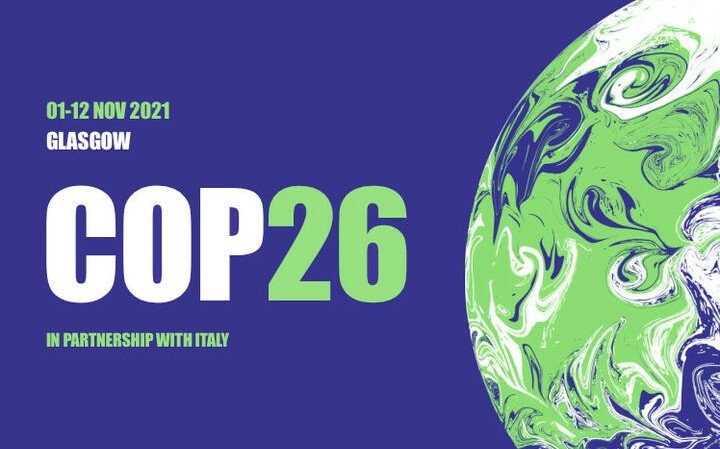
The Energy Day being organized today as part of the 26th Conference of Parties (COP 26) of the UN Framework Convention on Climate Change (UNFCCC) underway in Glasgow, Scotland has been viewed as an important opportunity for Nepal.
The Energy Day can be an opportunity for Nepal to inform the world that Nepal can contribute towards minimizing the GHG emission by meeting the domestic energy demands through hydroelectricity and renewable energy and reducing the consumption of coal and natural gas in the neighbouring countries by exporting hydroelectricity and renewable energy to them.
Nepal will participate in the Green Grid Initiative and Powering Past Coal Alliance that is being initiated on the occasion of the Energy Day. Similarly, it will sign the ‘coal-less commitment’.
Executive Director of the Alternative Energy Promotion Centre (AEPC), Dr Madhu Sudhan Adhikari opined that the Energy Day being organized for the first time would be an opportunity for Nepal to learn about the works being carried out around the world in the energy sector and to inform it about what it has been doing.
More than 150 countries attending the COP26 will be participating in the Energy Day programme. They will highlight on promotion and expansion of clean energy to reduce GHG emission.
A team comprising government high-ranking officials including Secretary at the Ministry of Energy, Water Resources and Irrigation, Devendra Karki, from Nepal is already in Glasgow to participate in the Energy Day event.
Even though Nepal’s greenhouse gas emissions are relatively low, Nepal is well-placed to play a key role in the green energy revolution and achieve growth, inclusion and sustainability objectives at the same time.
The sustainability objectives are: Nepal can swap expensive fossil fuels imports for Nepal’s clean electricity; Nepal can meet its domestic demand and increase clean energy access for all; and Nepal can export clean power to the region, earn revenues in the billions of dollars and reduce emissions in its neighbours.
Nepal will make its voice heard on these issues on energy day at COP 26 by joining the Greening the Grid initiative and joining the international call for ‘no new coal’ and asking for recognition and support for its clean energy development.
“Nepal can leapfrog the dirty development paradigm of the 20th Century as 97% of its electricity generation already comes from hydropower and other renewable energy sources. Supply has now increased to 2,000 MW, enabling Nepal to quickly move to electric cooking, vehicles and industry as well as giving access to all Nepalese by increasing energy access from 93% to 100% of the population by 2030. By doing so Nepal’s emissions can be reduced by between 30 million MTCO2 in 2030 and 50 million Mt CO2 per year in 2050,” Dr Adhikari said.
In addition, Nepal now has 500 – 700 MW of clean power available during the wet season that can be traded with neighbouring countries. With an additional 3000 MW under construction and plans for 15,000 MW by 2030 – Nepal will be in clean energy surplus from now. Furthermore, the clean electricity from Nepal can help India and Bangladesh to reduce emissions from polluting coal and natural gas power plants by between 40 and 60 mMTCO2 per year.
These figures show that Nepal can be a global leader in the clean energy transition. Energy day at COP provides Nepal with the opportunity to show the world what can be done with Nepal joining the Green Grids Initiative and the Powering Past Coal Alliance (PPCA) and signing up to no new coal commitments. Alongside these commitments Nepal will also be asking for increased investments for clean energy resources at COP and recognition in the climate rules to gain recognition for its clean energy trade and emissions reductions in other countries.
Source : RSS,






